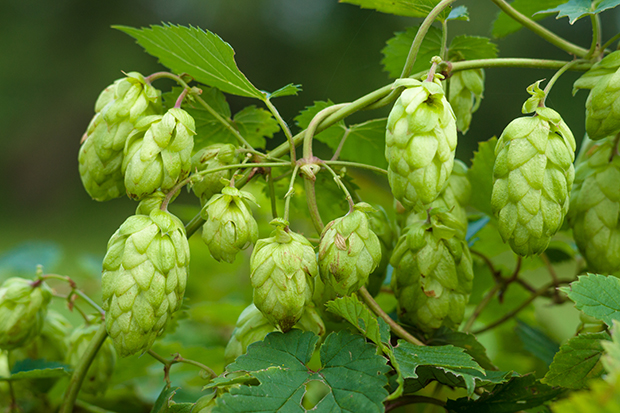
Yeast can be an interesting topic to delve into when it comes to ciders. Each cidery can have their own practices toward how to ferment.
Microflora from the apples help bring a certain terroir to each place and that can be a welcoming aspect to some while others want to see a ‘rinse and repeat’ of getting the same consistency from batch to batch.
Ben Nielsen of Lassen Cider does mostly wild fermentation combined with use of a few different commercial yeast varieties. He pointed out that the yeasts come into the cidery on the fruit in addition to being present in the cidery, such as on the pressing equipment and in the barrels.
“Obviously, barrels cannot be entirely sanitized,” he noted. “So it’s somewhat of a mystery as far as what strains we’re dealing with.”
One of the primary concerns with apples is the presence of acetobacter, which produces acetic acid. Since Lassen doesn’t use sulfites, they try to limit acetobacter by having relatively clean barrels and burning a sulfur wick in the barrel before filling with apple juice.
“We try to ensure a robust fermentation,” he said. He added to not leave the cider in the barrels for a long enough time for it to become oxidized and the acetic acid production process gets started.
“Once it’s in bottles and sealed off from air, the aerobic acetic acid process will slow to a minimum,” he added.
Lassen has used the same strains for years and Nielsen said they use fresh packets for each batch.
“We have had very little issues, although we occasionally pick up Brettanomyces as our neighbor, a distillery, uses that in their fermentation,” he noted. “As we are making dry cider the flavor profiles of Brett pair well with what we are doing, so we usually roll with it and just say it is a speciality one-off.”
Jon Moore of Broad Street Cider said they use two primary yeast strains and then do a series of small batches. They have had issues of cross-contamination in the past and have switched to having one yeast ferment at a time instead. Having runs of various ciders with the sparking wine yeast or else they will have a British-style ale yeast being the only yeast fermenting at the same time to help limit issues.
Aidan Currie, the cider maker and operations manager for Swift Cider said they use three primary yeast strains and some wild yeast via spontaneous fermentation.
She noted that cider yeast will often produce hydrogen sulfide, especially wild yeast strains, so they actively monitor fermentation for undesirable sulfur aromas.
“It’s easiest to remedy yeast issues if you act quickly,” she added, “so we will blend in more yeast nutrient and agitate the lees if we’re having issues.
“This works 99 percent of the time.”
Swift uses dry yeast to avoid any gluten contamination, so that means a new yeast for each batch.
”We follow standard CIP practices to keep tanks clean and sanitary between batches,” she said, noting they also send samples to the lab for microbiological analysis.






6 Trackbacks / Pingbacks